Astronomers have watched as a supermassive black hole enjoying a stellar meal flashed twice in a rare and powerful event.
This double-flash Tidal Disruption Event (TDE) could result from the black hole catching binary stars, allowing one to escape and then devouring the other. If so, further observation of this event, designated ASASSN-22ci, could solve the mystery of repeating TDEs.
TDEs are so powerful that they can be seen from billions of light-years away. What isn't common, however, is to see a TDE explode twice or more times. This makes ASASSN-22ci — the result of a feeding supermassive black hole located relatively close to Earth at around 408 million light-years away in the heart of the galaxy WISEA J122045.05+493304.7 — a rare and important event indeed.
"Only a handful of TDEs have shown multiple flares to date. Recent estimates suggest the rate of these events may be around 15 to 20 times less common than typical TDEs," team leader and University of Hawaii astronomer Jason Hinkle told Space.com. "While these events may be rare, they have the potential to make an outsized impact on our understanding of TDE physics by allowing us to study the earliest phases of TDEs in unprecedented detail."
A black hole with twice the flare
The first flash of ASASSN-22ci was detected in February 2022 by the All-Sky Automated Survey for Supernovae (ASAS-SN). At first, it appeared to be an average "run-of-the-mill" TDE (if a black hole snacking on a star could ever be described as run-of-the-mill, that is!).
However, 720 days later, while Hinkle and collaborators were following up on this event with ASAS-SN, the Zwicky Transient Facility (ZTF), and the Asteroid Terrestrial Impact Last Alert System (ATLAS), ASASSN-22ci surprised them by flaring yet again.
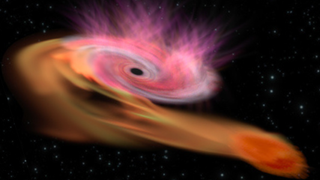
Ironically, what makes ASASSN-22ci unique among repeating TDESs is just how "normal" it appears to be.
"ASASSN-22ci is special because its light curve and spectra are the most 'normal' of the small group of TDEs to have shown multiple flares," Hinkle said. "Additionally, both of its flares were well studied in ultraviolet and X-ray light measurements and spectroscopy, allowing us to compare the properties between the two flares robustly."
This information gathering included determining the mass of the supermassive black hole responsible for ASASSN-22ci. The team has estimated the central supermassive black hole mass is about 3 million solar masses. This makes it slightly less massive than the Milky Way's supermassive black hole Sagittarius A* (Sgr A*).
Prior investigations of this event have suggested that the star involved in these flares likely has a mass similar to that of the sun. What is unclear, though, is whether this star had a binary partner that escaped such a grizzly fate.
Save yourself, friend!
When misfortunate stars wander too close to a supermassive black hole, the immense gravity generated by the black hole's mass, which can be millions or even billions of times that of the sun, generates immense tidal forces within the stars.
These forces squeeze a star horizontally while stretching it vertically. As a result, the star is reduced to a massive stream of stellar "pasta" in a process fittingly called "spaghettification." This plasma spaghetti wraps around the supermassive black hole in a flattened cloud called an accretion disk. From there, some of the matter is gradually fed to the balck hole.
While scientists aren't currently sure what causes double-flaring TDEs, they theorize that the cause could be a supermassive black hole that has grabbed a binary system of two stars in a process called "Hills capture."
"So-called Hills capture occurs when a tightly bound binary star system passes close to a supermassive black hole and gets partially disrupted," Hinkle explained. "After this encounter, one of the stars is flung out at a high velocity."
The star that remains is bound to the black hole on an orbit that resembles a flattened circle. This highly elliptical orbit takes the star further away from the black hole and then swings it back in closer. In this situation, the remaining star is more likely to experience repeated "partial TDEs," meaning it is not completely destroyed at once and can return to be further disrupted.
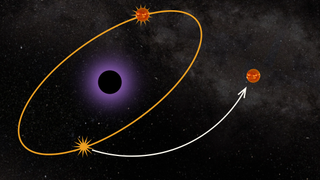
The University of Hawaii astronomer explained that this happens if the closest approach of the remaining star is within the "tidal radius" of the supermassive black hole. The further disruption powers another flare each time the star passes by the black hole.
"Eventually, the star will be completely disrupted, and no further flares will occur," Hinkle said, adding that the uniformity of the two flares of ASASSN-22ci appears to indicate they result from the black hole repeatedly disrupting the same star.
"Although we don't know for sure yet, the similarity of the two flares and the short separation of the flares in time relative to the typical TDE rate suggests a single star disrupted two times," Hinkle continued. "The observed separation between the peak brightness of the two flares is 720 days. Assuming that this is a repeating TDE resulting from Hills capture, this is likely the orbital period of the surviving star."
Of course, the researchers are eager to confirm this theory. Fortunately, they don't just know where to look — they also know when to look.
Third time is the charm
If the proposed scenario of a single star getting repeatedly disrupted is the correct one for ASASSN-22ci, then the team expects a third flare.
"The prediction of when the third flare should occur is based on the observed separation of the two flares," Hinkle said. "If this separation is the orbital period of the star, we would expect to see another flare occur when the star next passes close to the supermassive black hole in early 2026."
If the team fails to see another flare from the TDE on or around Feb. 4, 2026, then this won't prove that Hill's capture wasn't responsible for the double flaring of ASASSN-22ci.
"It is possible that the star was fully disrupted in the second flare and will not produce a third flare," Hinkle said. "There is also a slight possibility that the two flares are independent TDEs and, if so, we would not see a third TDE."
The predictability of the potential third flare of ASASSN-22ci is also a boon for studying these powerful and destructive events as a whole. That's because it gives astronomers a tip-off to begin advanced observations rather than wait to catch a TDE by chance.
"We can begin observing much earlier and attempt to observe the earliest phases of the TDE as the debris stream settles into its accretion flow," Hinkle said. "This is something that is essentially impossible to do for typical TDEs since you don’t know when they will occur."
Should the team detect another flare, the scientists will initiate a follow-up program to obtain data during this third flare to compare it to the first two flares from ASASSN-22ci.
This could reveal if this TDE has more surprises in store.
"I was most surprised by the fact that such a seemingly garden-variety TDE could exhibit this type of behavior," Hinkle said. "This is a promising sign that there continues to be new and exciting avenues to explore tidal disruption events and use them as probes of supermassive black holes."
The team's research is available as a pre-peer-reviewed paper on the repository site arXiv.
.png)
 3 hours ago
5
3 hours ago
5
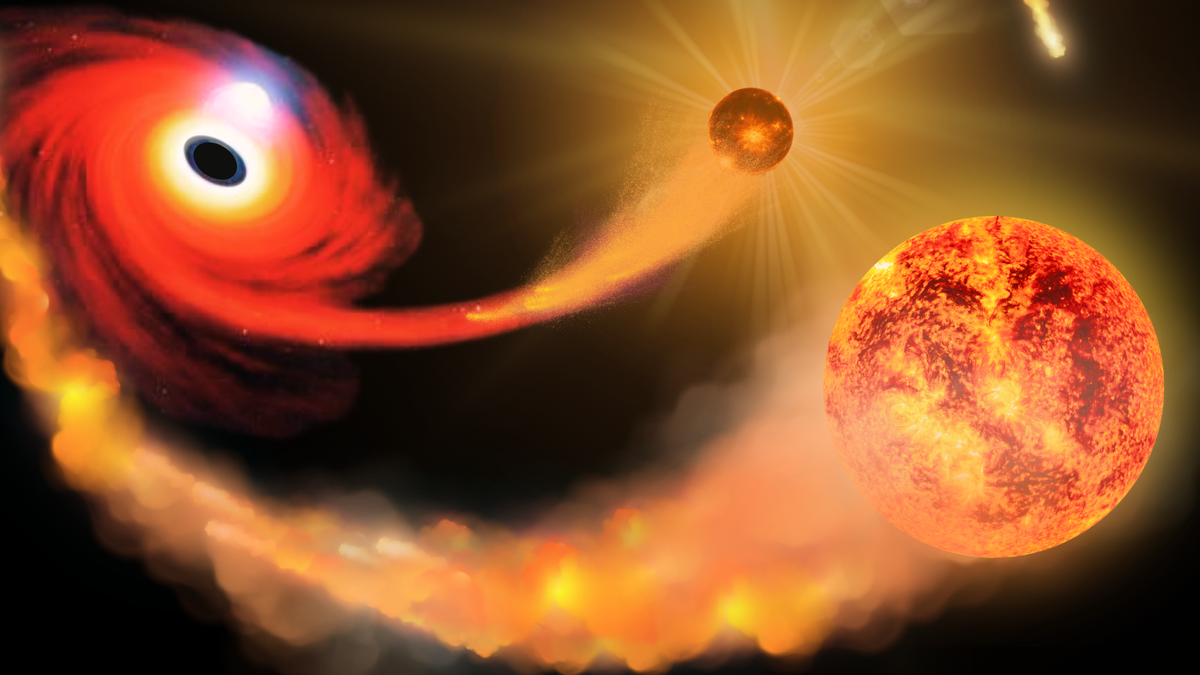



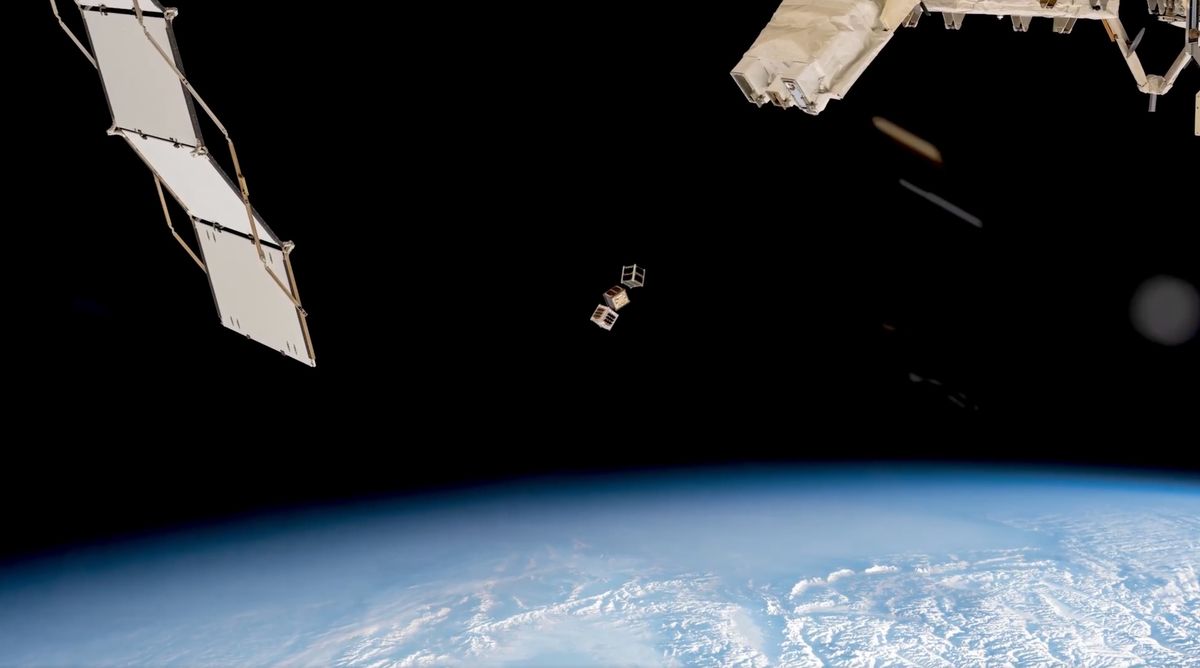


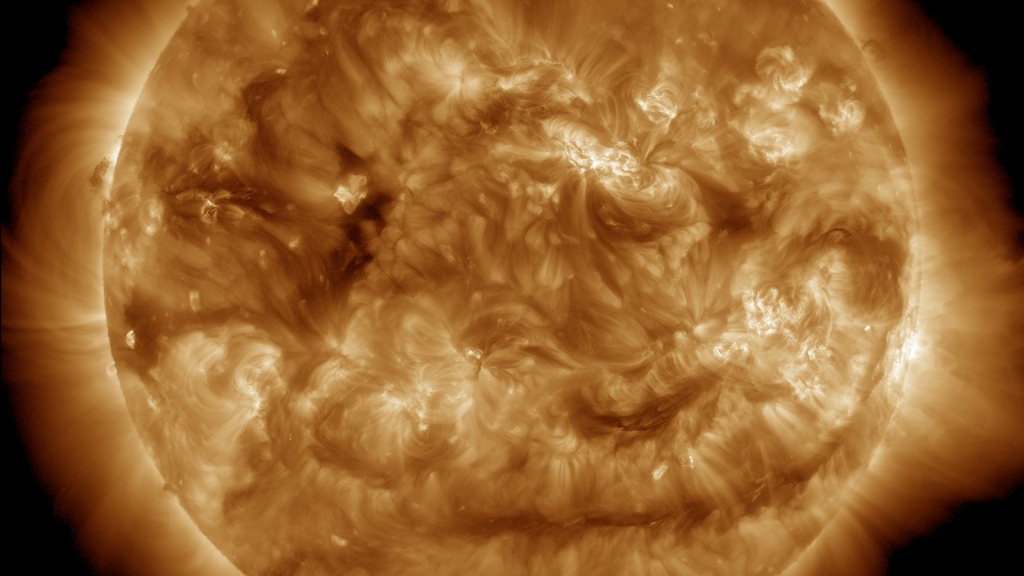

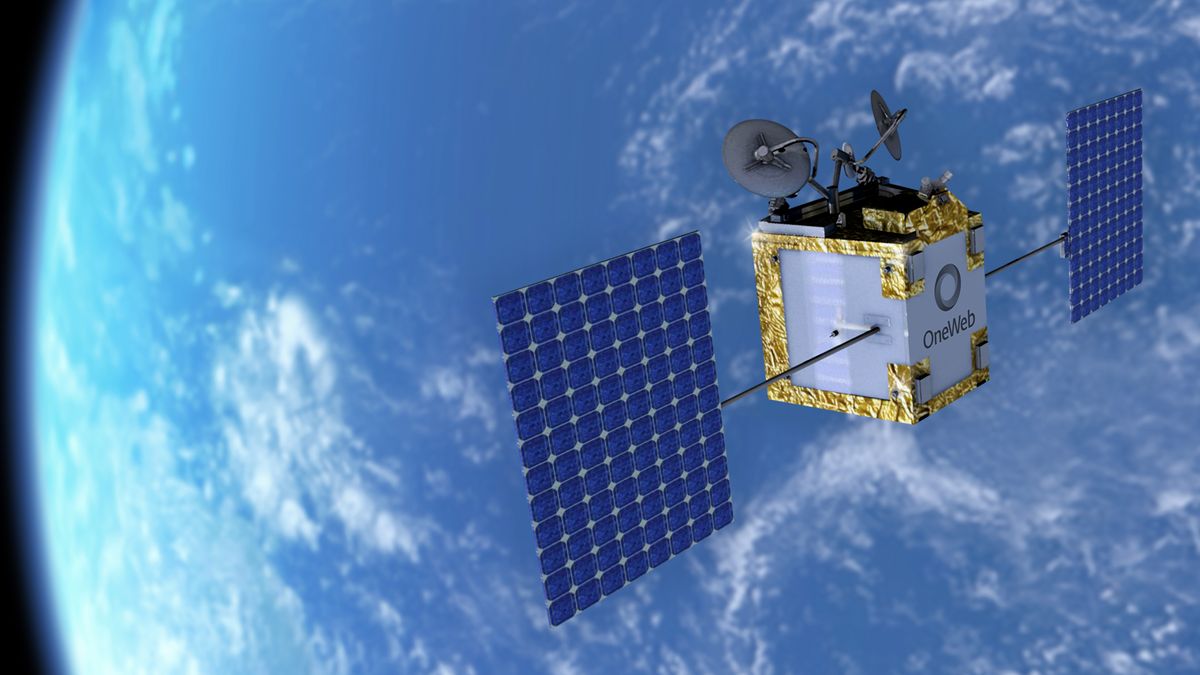

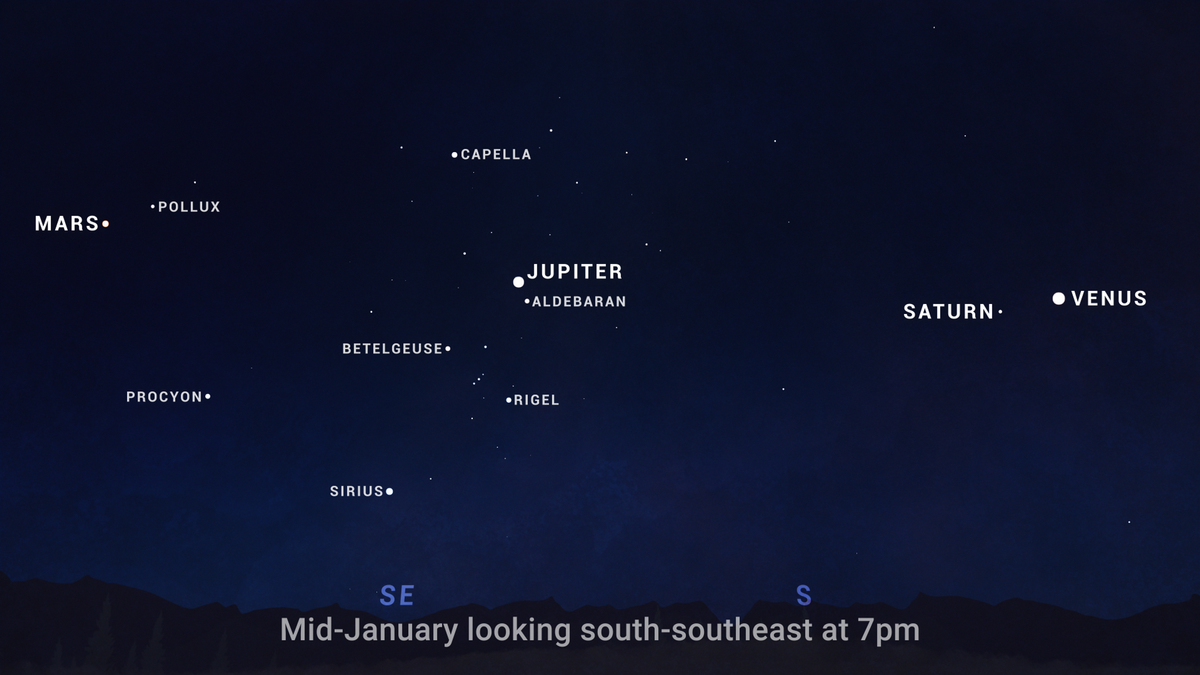























 Bengali (BD) ·
Bengali (BD) ·  English (US) ·
English (US) ·